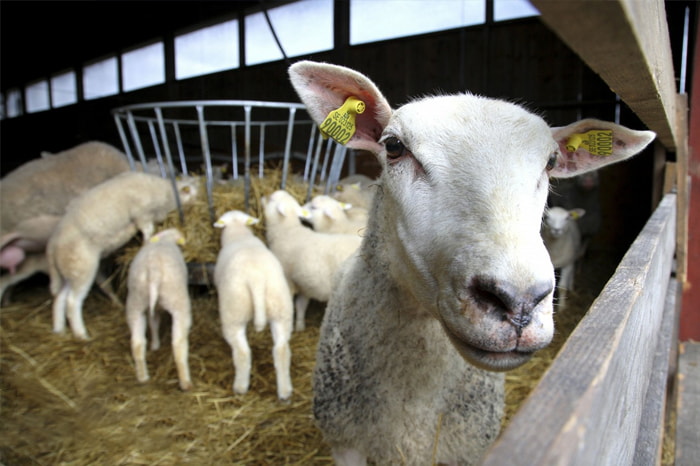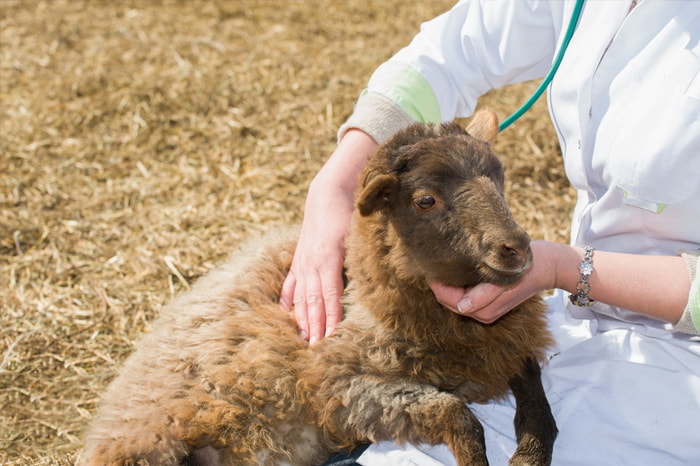1. Introductions

Vaginoscopy is a useful diagnostic procedure to evaluate the vaginal vault and corresponding structures, such as the cervix, vaginal fornix, and external urethral orifice. It can aid in the diagnosis of genital tract malignancies, foreign bodies, infection, and genital trauma or malformations in both humans and animals. Vaginoscopy is also an effective tool for reproductive management, identifying stages of estrus, predicting optimum stage for breeding, and facilitating transcervical insemination. Vaginal examination has traditionally been performed utilizing a vaginal speculum and light source; however traditional approaches can result in discomfort and are poorly suited for smaller patients or in cases of vaginal stenosis. More recently, vaginoscopy has been performed with flexible and rigid endoscopes, combined with vaginal inflation with gas or fluid, in order to improve examination comfort and efficacy. Single incision laparoscopic surgery has gained popularity and can be facilitated through use of a laparoscopic surgical port device. Port devices have been described in a variety of applications in dogs, including exploratory laparoscopy, ovariectomy, ovariohysterectomy, cryptorchidectomy, gastropexy, splenectomy, and thoracoscopy. Port devices can accommodate multiple cannulas and insufflation channels, offering entry points for a variety of instruments through a single port. Because of their flexibility, these devices could be applied to vaginoscopy, allowing simultaneous insufflation, telescopic examination, and insertion of instruments for aspiration, biopsy, or infusion. The purpose of the present study was to evaluate vaginoscopy in ewes using a laparoscopic surgical port device. We hypothesized that the port device would allow simultaneous insufflation and telescope insertion, resulting in complete visualization of the vaginal walls, identification of the vestibulovaginal junction and cervix, and targeted biopsy procedures.
2. Results and Discussion
The laparoscopic surgical port device was easily inserted into the ewe vagina and insufflation was maintained via the dedicated insufflation port, despite variation in ewe body weight. A cannula within the port device allowed rigid telescope insertion.
The vestibule-vaginal junction, vaginal wall and fornices, and cervix were visible in each sheep evaluated via vaginoscopy facilitated by the port device. Minor manipulation of the laparoscopic telescope visual field and insertion distance was necessary to examine each structure. Hypotension occurred immediately following induction in 7 of 24 anesthetic episodes and corrected within 5 minutes following treatment. Mean procedure duration was 23 minutes ± 4 minutes SD. No secondary vaginal trauma was visible from vaginal examination or port device insertion. Gas vaginal insufflation was released upon removal of the port device. The 30∘ laparoscopic telescope could be rotated to expand the field of view without losing orientation within the vaginal cavity, similar to previous reports where telescopes with optical angles allowed improved visibility. Vaginal inflation prior to telescope insertion decreases the likelihood of inadvertent trauma to the vaginal wall upon insertion. The rigid telescope could easily be removed, cleaned of mucus, and reinserted without requiring removal of the port device and loss of inflation. The laparoscopic port device was well sized for the ewe vagina and prevented escape of gas insufflation, allowing examination of the vaginal walls, fornices, and cervix, as well as accurate biopsy collection. Inflation of the vaginal cavity did not require addition of balloon dilation or manual compression, which is often necessary with other methods. Image capture for medical recording was also easily performed using this described vaginoscopy method, with image recording preferred to written description for the purposes documentation and evaluating response to treatment. Vaginoscopy allows inspection of the vaginal cavity, often prompted by abnormal clinical signs of bleeding or persistent vulvovaginitis, and is an excellent diagnostic complement to transabdominal ultrasound examination. Vaginal discharge is a common sign observed in small ruminants with uterine neoplasia and vaginoscopy could be considered to differentiate between or determine the severity of vaginal, cervical, and uterine neoplasms . One benefit of the technique described in the present report is the ease of insertion of examination probes or biopsy forceps through the additional instrument portals in the port device, which could be used to obtain samples for microscopic tissue evaluation and identification of neoplasms. Use of the port device also allows collection of samples for culture, application of topical treatments, and performance of surgery within the vaginal cavity . The laparoscopic surgical port device could be considered for vaginoscopy of animals of similar size, but further validation in other species would be required. Excellent viewing when utilizing a laparoscopic port device paired with rigid endoscopic equipment for vaginoscopy in ewes could outweigh the associated equipment costs, especially when examinations are performed in hospitals equipped for laparoscopic procedures.
3. Conclusions
A commercially available laparoscopic surgical port device was successfully utilized for vaginoscopic examination and biopsy collection in ewes. By manipulation of the endoscope and insufflation pressures, it was possible to visualize the cervix and vaginal wall. Thus, application of this technique would be appropriate for complete vaginal examination to detect anatomical alterations, investigate diseases associated with vaginal discharge, and obtain targeted biopsies within the vagina.
